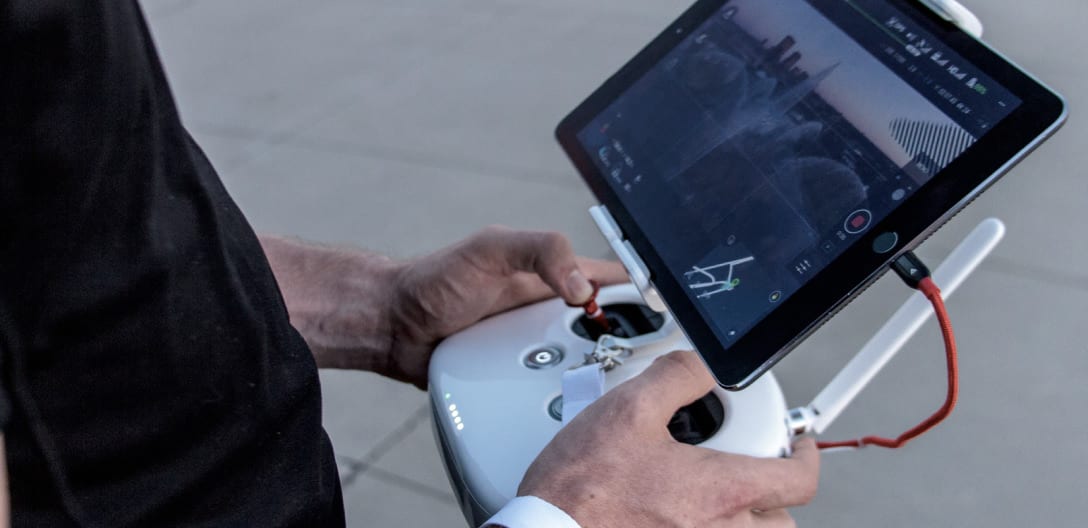
Curriculum Preview
Introduction
We’ll cover some introductory information to get you acquainted with the drone industry, as well as detailed information on how you can best move through the course content.
Drone Rules and FAA Regulations
This is an essential section that will cover many of the facts and figures that you’ll need to understand in order to not only excel on the Part 107 Exam, but also as an sUAS pilot. For example, how high you can fly , how fast you can fly, the maximum gross weight of your aircraft, etc.
National Airspace System
Understanding the National Airspace System is a key step towards passing the Part 107 Exam. This section will dive into the different classes of airspace that a remote pilot has to fly in using explanatory visual content.
Reading Sectional Charts
Sectional charts tend to challenge students who aren’t already familiar with the maps used in the aviation industry. We get it – these things are complicated! Have no fear though – after a thorough explanation of everything you’ll need to know for the exam, we’ll take an in-depth look at a number of great examples to really build up your confidence in preparation for the test. By the time you finish our course, this will be the section you most look forward to on the Part 107 Exam!
Airport Operations
The Part 107 Exam will have quite a few questions related to standard airport operations. While remote pilots usually won’t be allowed to operate around airports in controlled airspace, they still need to understand those operations to ensure that they can safely operate their sUAS around airports and manned aircraft pilots.
Weather
Understanding weather is as important for remote pilots as it is for manned aircraft pilots. If we had a nickel for every pilot who told us how his or her remote aircraft was swept up in a wind gust and lost forever, we’d have…quite a few nickels (seriously, it happens).
Radio Communications
Radio communications comes up plenty on the Part 107 Exam, in ways you might not expect. For example, did you know that remote pilots are not required to use a radio during flight? Regardless, the FAA wants you to have a strong understanding of the different radio frequencies used around airports, as well as the phonetic alphabet, and many other topics to strengthen your situational awareness when flying.
The Pilot Mindset
Human error is the number one cause of accidents in aviation. Years of studies have shown that educating pilots on the risks of operating an aircraft without the appropriate mindset reduces the chance of human error, which increases flight safety. This section will cover the psychological approach to flying, and provide multiple frameworks that you can use to exercise the best judgement in a given scenario.
Drone Flight Operations
This section explains topics related to the actual flight of your remote unmanned aircraft. We will cover loading & performance, emergency procedures, hazardous operations, aircraft maintenance & inspection, and more.
Practice Tests, Cram Sheet & FAA Exam
At this point in the course, you should have covered all of the material for the Part 107 Exam. You didn’t think we’d just throw you into the exam without some solid practice, did you? This section is dedicated to getting you in “test taking mode”, with practice exams and other supplemental material to get you ready to confidently ace the Part 107 Exam!
